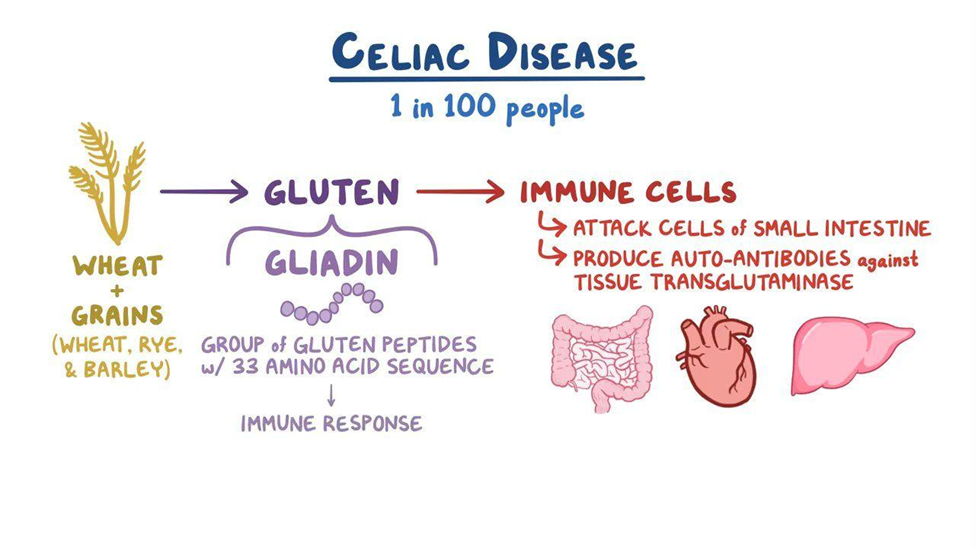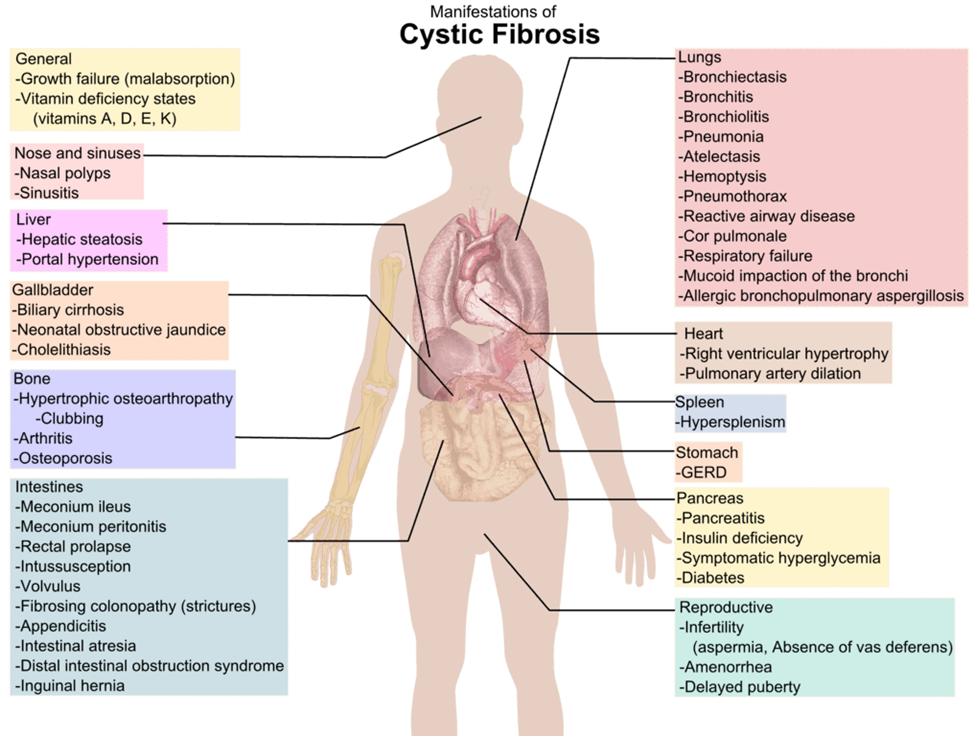The nurse is providing home-care instructions to a mother of a 12-month-old infant with mild diarrhea. Which would the nurse instruct the mother to do?
Bottle-feed with diluted fruit juice.
Discontinue breast-feeding until the diarrhea resolves
Provide an increased intake of water.
Avoid all solid foods.
The Correct Answer is C
A. Bottle-feed with diluted fruit juice:
Incorrect: Diluted fruit juice is not recommended for infants with diarrhea. Fruit juices, even when diluted, may contain sugars that can exacerbate diarrhea. It's important to focus on water or rehydration solutions.
B. Discontinue breast-feeding until the diarrhea resolves:
Incorrect: Breast milk is an essential source of nutrition for infants, and discontinuing breastfeeding is not recommended, even during episodes of mild diarrhea. Breast milk helps maintain hydration and provides essential nutrients.
C. Provide an increased intake of water.
Correct Answer: Maintaining hydration is crucial during episodes of diarrhea. Offering the infant increased water intake helps prevent dehydration. Rehydration solutions specifically designed for infants can also be recommended.
D. Avoid all solid foods:
Incorrect: While avoiding certain solid foods may be recommended in some cases, it's not necessary to completely avoid all solid foods for a 12-month-old with mild diarrhea. The emphasis should be on maintaining hydration and offering easily digestible foods.
Nursing Test Bank
Naxlex Comprehensive Predictor Exams
Related Questions
Correct Answer is B
Explanation
A. Rye toast
Explanation: Rye contains gluten, so it is not suitable for individuals with celiac disease. It should be avoided in a gluten-free diet.
B. Rice
Explanation:
Celiac disease is a condition characterized by an immune reaction to gluten, a protein found in wheat, barley, and rye. Individuals with celiac disease must follow a gluten-free diet to manage the condition. Rice is a gluten-free grain and is safe for individuals with celiac disease to include in their diet.
C. Wheat bread
Explanation: Wheat contains gluten, and products made from wheat, such as wheat bread, should be avoided in a gluten-free diet for individuals with celiac disease.
D. Oatmeal
Explanation: Oats themselves are gluten-free, but cross-contamination can occur during processing. Some individuals with celiac disease can tolerate pure, uncontaminated oats, but it's essential to ensure that the oats are labeled gluten-free. Regular oats may be cross-contaminated with gluten-containing grains during processing.

Correct Answer is C
Explanation
A. "The immunization schedule will need to be altered."
Incorrect: This is too vague and does not provide specific information about the child's immunization schedule.
B. "The child will receive all of the immunizations except for the polio series."
Incorrect: There is no indication that the child should not receive the polio vaccine. Children with cystic fibrosis are generally recommended to receive all appropriate vaccinations.
C. "The child will receive the recommended basic series of immunizations along with a yearly influenza vaccination."
Correct Answer: Children with cystic fibrosis should receive the recommended basic series of immunizations, including vaccines for diseases such as diphtheria, pertussis, tetanus, measles, mumps, rubella, polio, Haemophilus influenzae type b (Hib), hepatitis B, and others. Additionally, they should receive a yearly influenza vaccination to help prevent respiratory complications.
D. "The child should not receive any hepatitis vaccines."
Incorrect: There is no general contraindication for children with cystic fibrosis to receive hepatitis vaccines. The nurse should recommend the appropriate vaccines, including those for hepatitis B, as per the standard immunization schedule.

Whether you are a student looking to ace your exams or a practicing nurse seeking to enhance your expertise , our nursing education contents will empower you with the confidence and competence to make a difference in the lives of patients and become a respected leader in the healthcare field.
Visit Naxlex, invest in your future and unlock endless possibilities with our unparalleled nursing education contents today
Report Wrong Answer on the Current Question
Do you disagree with the answer? If yes, what is your expected answer? Explain.
Kindly be descriptive with the issue you are facing.
